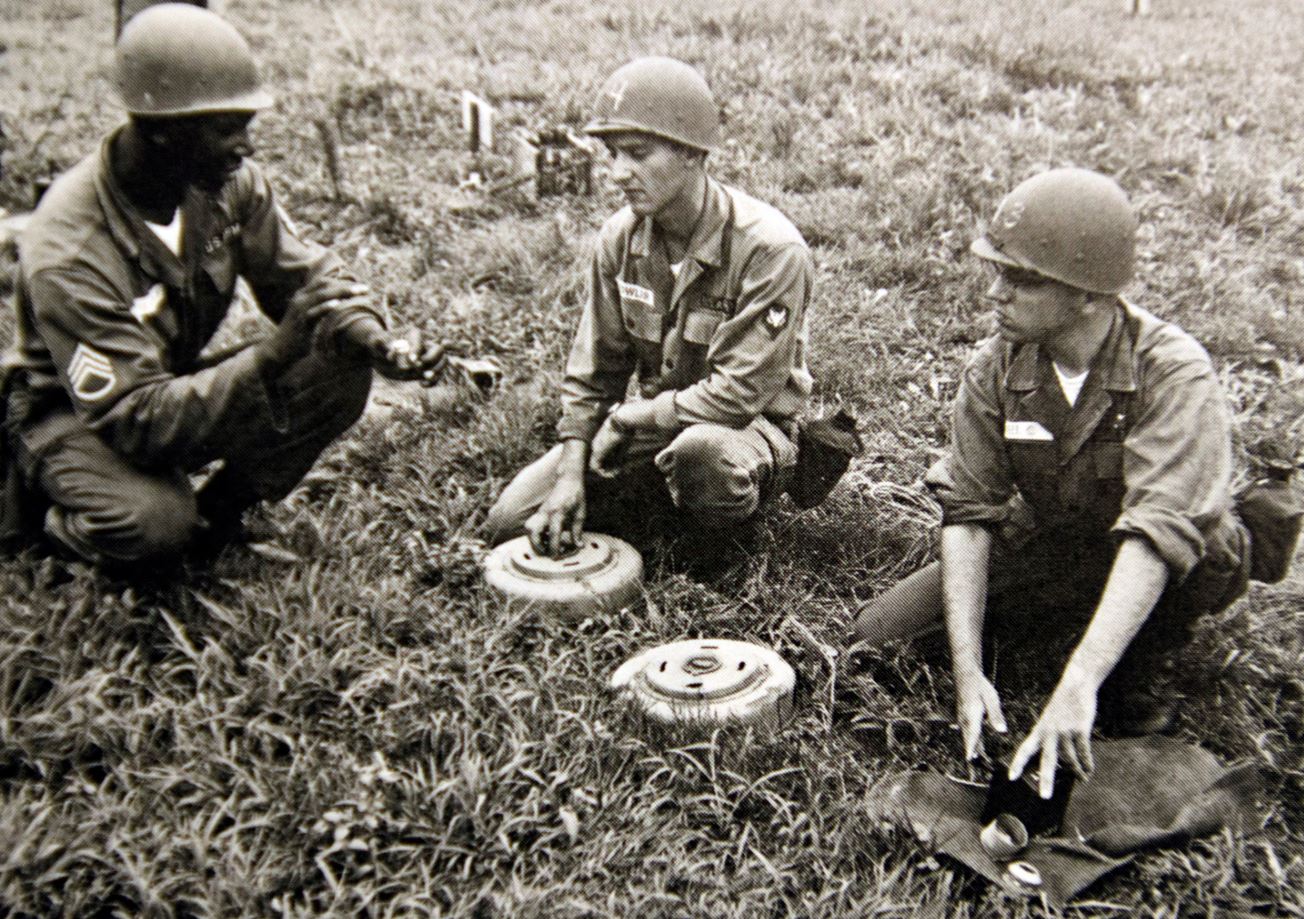
With the End of the Korean Conflict in 1953, the Nation settled into a period of deterrence against Communist aggression across the globe.
Army Reserve Soldiers were mobilized for the Berlin and Cuban Missile crises of the early 1960s. When the United States confronted the Soviet Union during the tense days of the Berlin Crisis, more than 69,000 Army Reserve Soldiers were activated.
In all, 444 Army Reserve units were mobilized while individual Reserve Soldiers were assigned to fill two Army National Guard divisions, bringing them to fighting strength. U.S. policymakers considered the activation of the Army Reserve a strategic success that contributed to Soviet de-escalation by June 1962; demonstrating U.S. strength and resolve and buying time for the Army to add two divisions to its strategic reserve.

TODAY: SUSTAINABLE READINESS
Today, under Sustainable Readiness, all components of the Army must remain ready and postured to protect the Nation and its interests.
For the Army Reserve, this means prioritizing readiness in allocated units and early-entry/set-the theater enabling capabilities required to meet planned contingency operations. It also means prioritizing readiness and its four components (Manning, Training, Equipping, and Leader Development) with targeted initiatives.
Pictured top: Learning the proper techniques for deactivating a landmine are members of the 308th Quartermaster Salvage Company of Chattanooga, Tenn., during their summer training at Fort Campbell, Ky., 1959.
Bottom: Sgt. Daniel Dooer, 440th Civil Affairs Battalion, pulls security while performing squad tactics April 28, 2019, at Fort McCoy, Wisconsin, as part of the USACAPOC(A) Best Warrior Competition.